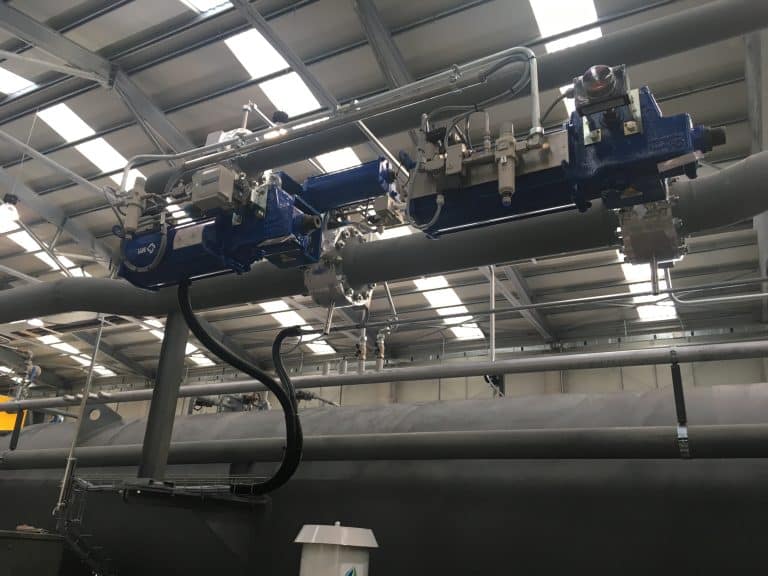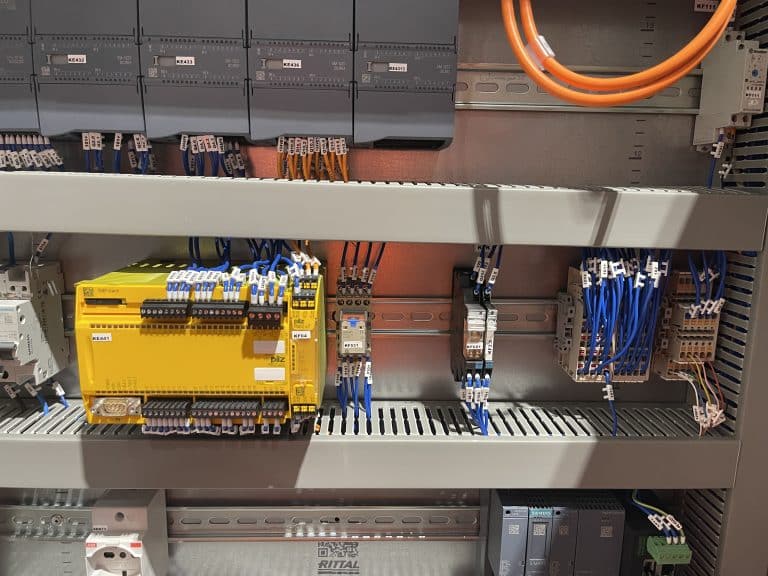GT Engineering is member of the Technical Committees of the following Standards: IEC 61508 series, IEC 61511-1, IEC 62061 and ISO 13849-1.
We support users in the reliability assessment of Safety and Production Systems. From a Hazard and Operability (HAZOP) study, we move to a Layer of Protection Analysis (LOPA) to a SIL allocation.
We can than help designing each Safety Instrumented System and calculate the Sil level reached.
We organise training on all the aspects of Functional Safety and we are lecturers on Functional Safety at Brescia University and at the Milan Polytechnic (School of industrial and Information Engineering).
Equipment Protection Level
In an explosive atmosphere, only suitable equipment must be installed: suitable means that they cannot ignite the explosive atmosphere.

"Proven in use" and "Prior use"
THE DOUBT: What is the difference between a Proven in Use and a Prior Use Device?
Actually the two terms are quite similar and it is very easy to mix t...

The difference between Route 1H and Route 2H
THE DOUBT: What is the difference between Route 1H and Route 2H?
Let’s try to place the subject into the main picture. When you hear about Route 1H and 2...

P1: Reliability data for components used in safety systems
THE QUESTION: What are the main reliability data for components used in Security Systems?
When it comes to components used...

P2: The Safe Failure Fraction and the Architectural Constraints
A Safe failure is the failure of an element, inside a component that plays a part in implementing a safety function, that results in a spurious operation of the safety function. That means, it places the machine into a safe state (it generates and em...

P3: Considerations on the Safe Failure Fraction in High and Low Demand
In a previous article we presented an important parameter, used in both high and Low Demand Mode Safety Systems: the Safe Failure Fraction.

P4.1: Functional Safety - PFD calculation First Part
A continuous probability distribution is indicated with f(x) and is usually called Probability Density Function (PDF). It is expressed by an equation and it can be represented as in the Figure 1.5 {1.4.2.1}. The bell curve is just an example of a pos...

P5: Functional Safety - PFD Calculation Second part
In the first part of the article we introduced the concepts of Unreliability function F(t) and of Reliability Function R(t). The former is the base for the parameter PFD(t) and the one used to indicate the reliability of a Safety Instrumented Functio...

P6: The average probability of dangerous failure per hour (PFH)
In the previous articles we explored the Parameter PFDavg: Average Probability of Failure on Demand. It is used to indicate the reliability of a Safety Instrumented System operating in Low demand. We will now explore the domain of Safety-related Cont...

P7: Functional Safety in High demand - ISO 13849-1 categories
ISO 13849-1 is intended to be used in the design and evaluation of safety-related parts of the control system (SRP/CS) and only the part of the control system that is safety-related falls under the scope of the standard. It applies to SRP/CS for high...

P9: a comparison between RBD and Markov models for the analysis of Safety Instrumented Systems
Within this article, the main international standards involved in Functional Safety and how they apply the Reliability Engineering Theory are investigated.

1
2
